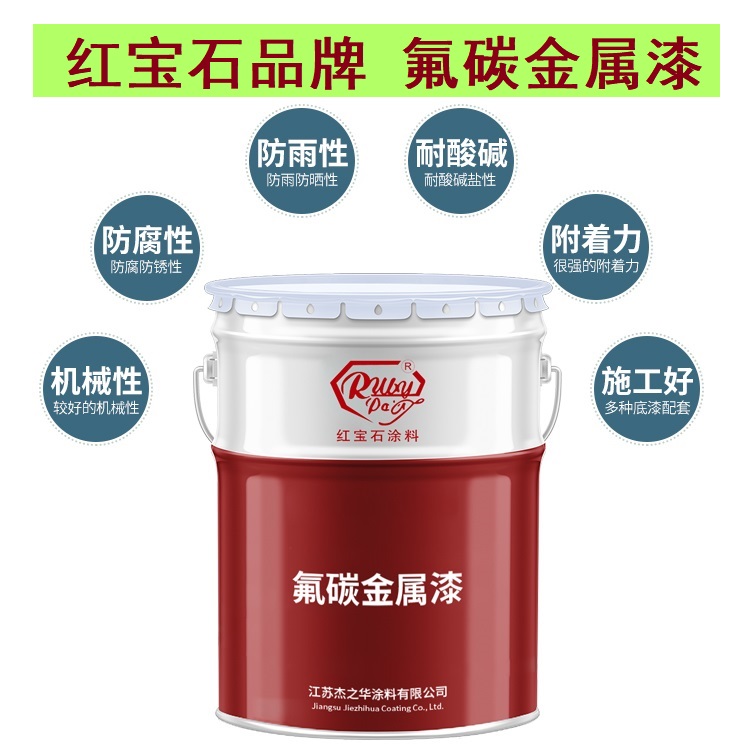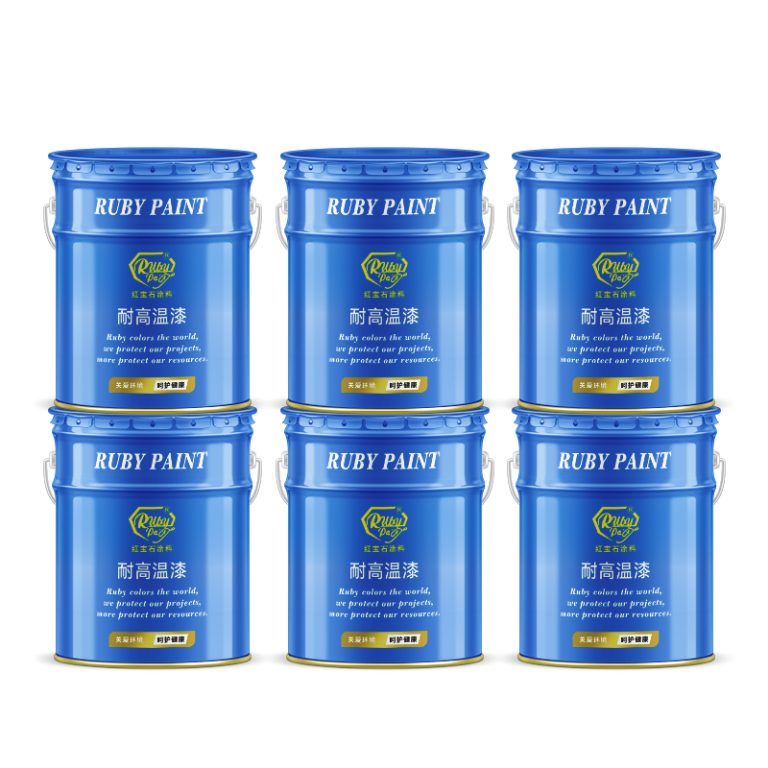Table of Contents
Trends in Marine Paint Colors for 2023
Marine paint colors have always played a crucial role in the aesthetics and functionality of boats and ships. As we move into 2023, the trends in marine paint colors are evolving, reflecting broader design trends and technological advancements. This year, we are seeing a shift towards colors that not only enhance the visual appeal of vessels but also contribute to their performance and sustainability.
| No. | Products |
| 1 | Industrial paint |
One of the most notable trends in marine paint colors for 2023 is the increasing popularity of darker hues. Navy blue, charcoal, and black are becoming more prevalent, replacing the traditional white and light blue shades that have dominated the industry for years. These darker colors offer a sleek and sophisticated look, conveying a sense of luxury and modernity. Moreover, they have practical benefits as well; darker colors can help to hide scratches and imperfections on the hull, maintaining the vessel’s appearance over time.
In addition to darker shades, there is also a growing interest in vibrant and bold colors. Bright reds, greens, and even yellows are making their way onto boats, adding a pop of color that makes them stand out on the water. These lively shades reflect a desire for personalization and self-expression among boat owners, who are increasingly viewing their vessels as extensions of their personalities. The use of bold colors can also enhance safety by increasing visibility, an important consideration for those navigating busy waterways.
Another emerging trend in marine paint colors is the use of metallic and pearlescent finishes. These finishes add depth and dimension to the paint, creating a shimmering effect that changes with the light. Metallic and pearlescent paints are particularly popular for luxury yachts and high-performance boats, where they complement advanced design features and high-tech materials. The reflective properties of these finishes can also help to keep the vessel cooler by reflecting sunlight, which is a valuable attribute in warmer climates.
Sustainability is also influencing the choice of marine paint colors in 2023. As environmental awareness grows, there is a push towards using eco-friendly paints that minimize harm to marine ecosystems. These paints often come in natural and earthy tones, such as seafoam green, sand, and coral. Not only do these colors blend harmoniously with the marine environment, but they also reflect a commitment to preserving it. Eco-friendly paints typically have lower levels of volatile organic compounds (VOCs) and other harmful chemicals, making them a safer choice for both marine life and the people who enjoy it.
Finally, the integration of technology is playing a role in the development of new marine paint colors. Some manufacturers are experimenting with color-changing paints that can alter their appearance based on temperature or sunlight exposure. This innovative approach allows boat owners to customize the look of their vessels even further, adapting to different conditions and preferences.

As we look ahead to 2023, it is clear that the trends in marine paint colors are reflecting a blend of aesthetic preferences, practical considerations, and environmental responsibility. Whether it’s the elegance of dark hues, the vibrancy of bold colors, the sophistication of metallic finishes, the harmony of natural tones, or the innovation of color-changing technology, there is a growing array of options for boat owners seeking to make a statement on the water. These trends not only enhance the visual appeal of vessels but also contribute to their performance, safety, and sustainability, marking an exciting evolution in the world of marine coatings.
The Impact of Marine Paint Colors on Boat Performance and Maintenance
Marine paint colors play a significant role in the performance and maintenance of boats. The choice of color can affect everything from the vessel’s visibility to its durability and energy efficiency. Understanding the impact of different hues can help boat owners make informed decisions when selecting paint for their marine craft.
One of the primary considerations when choosing a marine paint color is visibility. Bright colors such as yellow, orange, and red are highly visible on the water, making them ideal for safety purposes. These colors can help ensure that a boat is easily seen by other vessels, reducing the risk of collisions. Additionally, bright colors can be beneficial in emergency situations, as they are easier to spot by rescue teams.
| No. | Name |
| 1 | Industrial paint |
However, while bright colors offer increased visibility, they also have some drawbacks. These colors tend to absorb more sunlight, which can lead to higher surface temperatures on the boat. This increase in temperature can make the vessel uncomfortable for passengers and can also contribute to the degradation of the paint and the boat’s materials over time. Darker colors, such as navy blue or black, absorb even more heat and can exacerbate these issues.
On the other hand, lighter colors, such as white or pale blue, reflect sunlight, helping to keep the boat’s surface cooler. This can enhance the comfort of passengers and also reduce the strain on air conditioning systems, leading to better energy efficiency. Additionally, lighter colors tend to show less wear and tear, as they are better at hiding salt residue and other stains that are common in marine environments. This can make maintenance easier and extend the lifespan of the paint job.
Another factor to consider is the aesthetic appeal of the boat. The color of a boat can greatly influence its overall look and feel. Some boat owners may prefer bold, vibrant colors that make a statement, while others might opt for more subdued, classic shades that blend seamlessly with the marine surroundings. The choice of color can also affect the resale value of the boat, as certain colors may be more appealing to potential buyers.
It is also important to consider the type of paint and its specific formulation for marine use. Marine paints are specially designed to withstand the harsh conditions of the marine environment, including exposure to saltwater, UV rays, and extreme temperatures. High-quality marine paints often include additives that provide additional protection against fading, chalking, and corrosion. Investing in a premium marine paint, regardless of color, can further enhance the durability and performance of the boat.
In conclusion, the choice of marine paint color is not merely a matter of aesthetics but can have practical implications for boat performance and maintenance. Bright colors offer increased visibility and safety, while lighter colors can help keep the boat cooler and reduce maintenance needs. Darker colors, although stylish, can absorb more heat and may require more upkeep. Boat owners should carefully consider these factors, along with the quality of the paint, to ensure that their vessel remains in top condition and serves them well for years to come.






